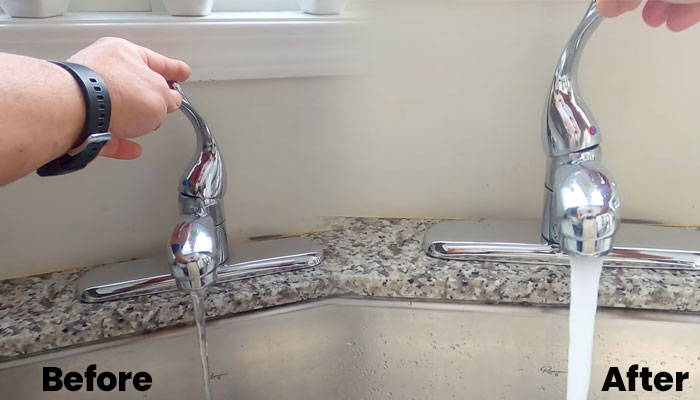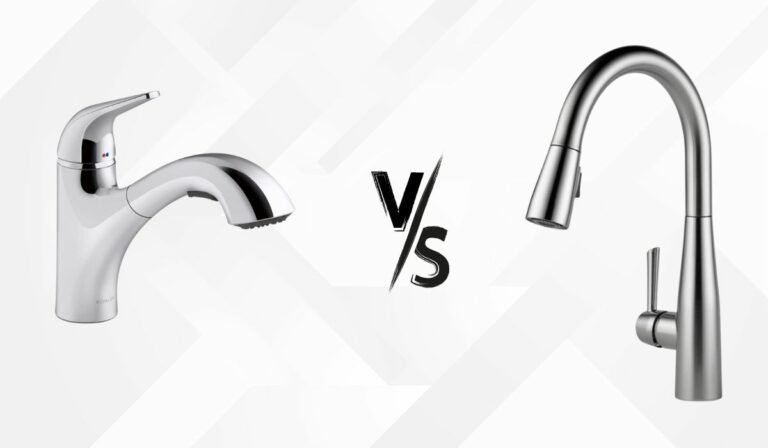How To Plumb A Bathtub Drain
Plumbing a bathtub drain might seem daunting at first, but with the right knowledge and tools, it’s a task you can confidently tackle yourself. Whether you’re installing a new tub or replacing an old drain, understanding the steps involved ensures a leak-free and properly functioning drain system. This guide will walk you through everything from the basics of bathtub drain plumbing to troubleshooting common problems, helping you save time and money on your next bathroom project.
Understanding Bathtub Drain Plumbing Basics
Before you jump into plumbing your bathtub drain, it’s crucial to understand how the system works. Your bathtub drain is part of a network that safely removes wastewater and prevents sewer gases from entering your home. Key components include the drain assembly, tailpiece, P-trap, and waste line connection. Water flows from the tub, through the drain assembly and tailpiece, into the P-trap, and finally into the main waste line. The P-trap holds a small amount of water at all times, creating a seal that blocks unwanted odors. Knowing these basics helps ensure you install each part correctly, avoiding leaks or drainage issues down the line.
Essential Tools And Materials Needed
Having the right tools and materials at hand makes the plumbing process smoother and more efficient. You’ll need:
- Adjustable wrench
- Pipe wrench
- Plumber’s putty or silicone caulk
- Screwdrivers
- Hacksaw (if trimming pipes is necessary)
- PVC or ABS pipes and fittings compatible with your drain system
- Drain assembly kit (includes strainer, flange, and necessary washers)
- P-trap kit
- Teflon tape
Make sure to pick materials that match your home’s existing plumbing, PVC is common for resident drains, but older homes might use cast iron or ABS. Buying a complete drain kit can simplify the job by ensuring compatibility of parts.
Preparing For The Installation
Preparation lays the foundation for a successful bathtub drain installation. Start by turning off the water supply to avoid any surprises. Next, remove the old drain and clean the drain opening thoroughly, any debris or residue can prevent a good seal.
Inspect the drain opening and surrounding pipes for damage or corrosion: replace any compromised components before proceeding. Measure the space carefully where the tailpiece and P-trap will fit, making adjustments if necessary. Planning your workspace, clearing the area and laying out tools, helps keep the process organized and efficient. Taking these preparatory steps reduces the chance of mistakes and setbacks.
Step-By-Step Guide To Plumbing A Bathtub Drain
Installing The Drain Assembly
Begin by applying plumber’s putty or silicone caulk around the underside of the drain flange. Insert the drain body into the tub’s drain hole, pressing firmly to create a watertight seal. From beneath the tub, thread the drain body’s locknut tightly to secure it in place. Be careful not to overtighten, which can crack porcelain or acrylic.
Connecting The Tailpiece
Attach the tailpiece to the drain body’s threaded end under the tub. Use plumber’s tape on the threads for a secure seal, then hand-tighten the slip nut followed by a gentle wrench snug. The tailpiece acts as the link between the drain and the P-trap.
Setting Up The P-Trap
Connect the P-trap to the tailpiece and the waste line pipe. Make sure all slip joints have washers properly seated and nuts hand-tightened before final wrenching. The trap’s curved shape retains water to block sewer gases.
Linking The Drain To The Main Waste Line
The P-trap should connect smoothly to the home’s main drain pipe. You might need to cut or adjust pipes to ensure a proper fit. Always check local plumbing codes to confirm the correct slope, typically, the horizontal pipe between trap and drain line needs a 1/4 inch per foot downward slope for proper drainage.
Testing The Drain For Leaks And Proper Flow
Once everything is connected, run water through the tub drain. Watch carefully for leaks under the tub and along joint fittings. Tighten any connections slightly if you spot drips, but don’t overtighten. Also observe that the water drains efficiently, with no pooling or slow flow. A fully functional system means your plumbing job was spot-on.
Common Issues And How To Troubleshoot Them
Even with careful work, some common problems can arise:
- Leaks at Connections: Usually due to loose nuts or missing washers. Tighten fittings or replace washers.
- Slow Drainage: Could indicate blockage or incorrect pipe slope. Clear debris and verify the pipe angle.
- Noise From Drain: Gurgling or bubbling sounds often mean an improperly vented drain pipe, which might require adding a vent or adjusting the system.
- Water Odors: If you smell sewer gases, check the P-trap for a water seal. An evaporated or broken trap needs refilling or replacement.
If these issues persist, consulting a professional plumber ensures compliance with local codes and long-term reliability.
Maintenance Tips To Keep Your Bathtub Drain Functioning Properly
To extend the life of your bathtub drain and keep it running smoothly, regular maintenance is key:
- Clean the Drain Strainer: Remove hair and debris after every few uses to prevent clogs.
- Avoid Harsh Chemicals: Use a mild drain cleaner or natural alternatives like baking soda and vinegar to clear slow drains without damaging pipes.
- Inspect for Leaks Regularly: Check beneath the tub periodically for signs of moisture or corrosion.
- Keep the Vent Clear: Ensure vent pipes are not blocked, maintaining proper airflow and drainage.
Routine care prevents buildup and costly repairs, keeping your bathtub drain effective and your bathroom fresh.
Conclusion
Plumbing a bathtub drain is manageable when you understand the components, have the right tools, and follow a clear, step-by-step process. By preparing properly, installing carefully, and maintaining regularly, you’ll enjoy a leak-free, efficiently draining bathtub for years to come. Remember, taking the time to do it right reduces headaches and ensures your bathroom plumbing stays in top shape, putting a reliable drain within your grasp.


